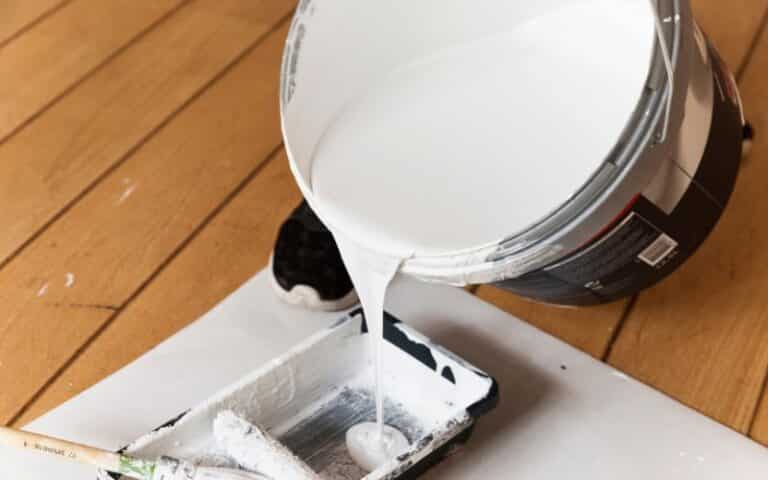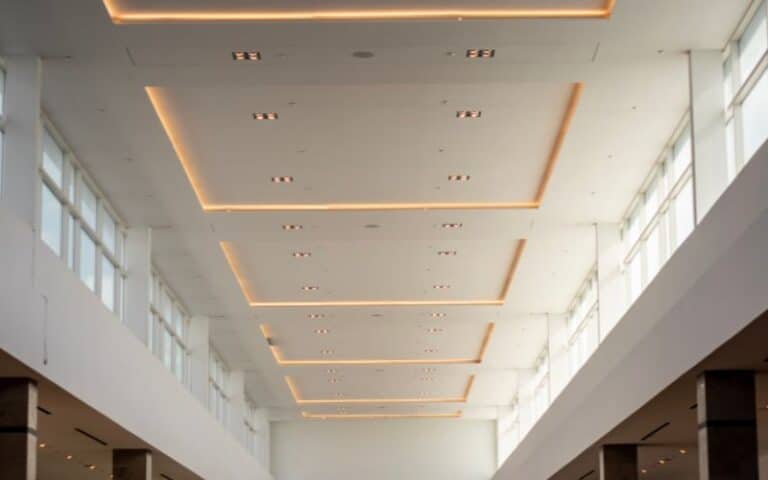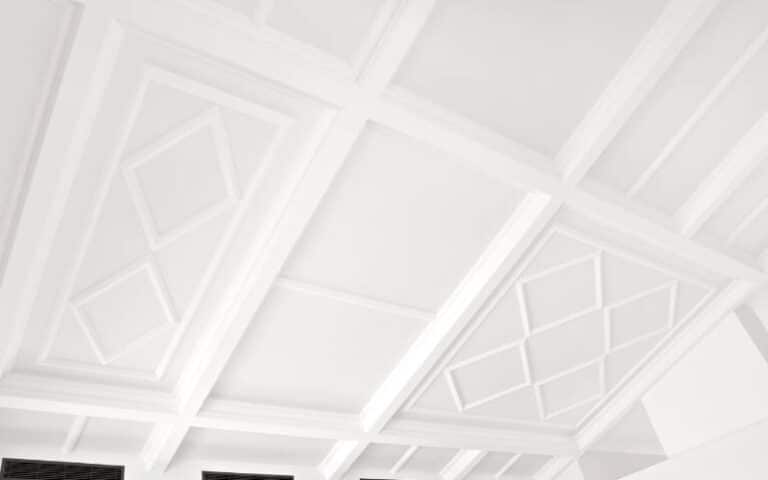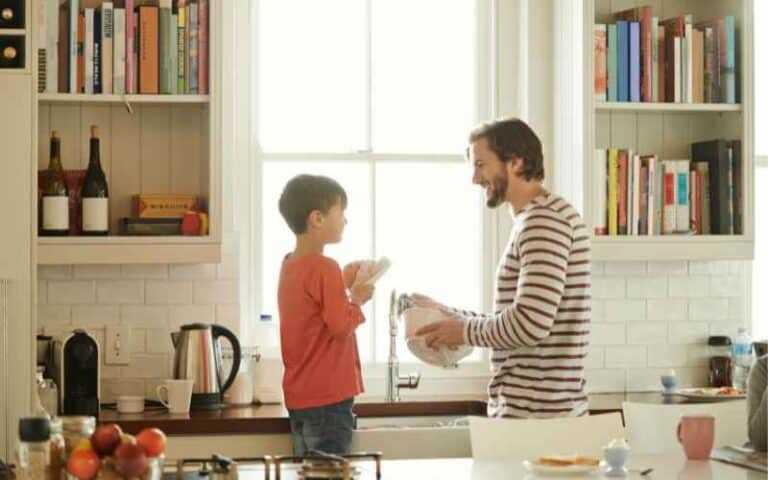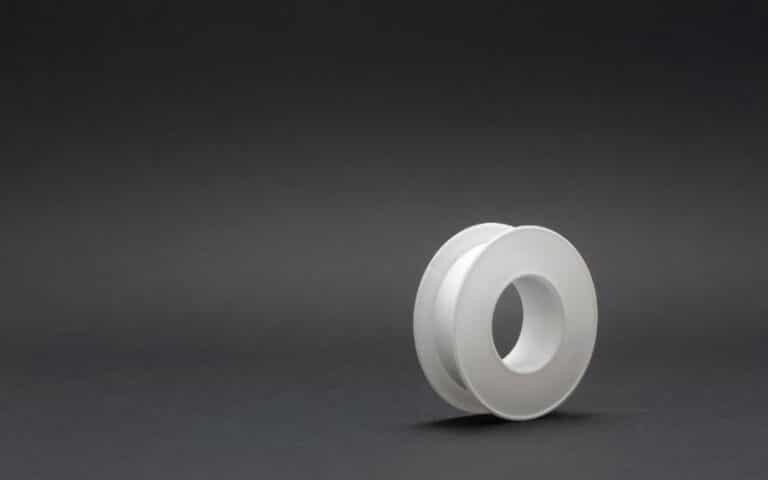Over the years, drywall has been one of the most common materials that people use for interior wall construction.
However, without improvement or the addition of water-resistant materials, drywall itself isn’t waterproof, making it unsuitable for wet areas as it can grow mold and mildew.
Fortunately, there are now mold-resistant alternatives to drywall, and it’s essential to have information about them.
Therefore, if you want to learn about the best mold-resistant alternatives to drywall, you are in the right place.
There are numerous alternatives to drywall in the market. However, it’s worth noting that a few among them have stood the test of time, especially regarding mold resistance. Fiberglass Reinforced Panels, green board drywall, cement board panels, solid PVC, and wood sheathing are the top five mold-resistant alternatives to drywall.
In this article, you will discover the top five mold-resistant alternatives to drywall. You will also discover their features, advantages, and disadvantages.
Kindly continue reading; this article is the perfect guide to help you choose the best mold-resistant alternatives for your building.
Ready for a Drywall Quiz?
Fiberglass Reinforced Panels

Fiberglass-reinforced panels (FRP) are composite materials combining a polymer matrix and embedded fiberglass strands.
The polymer matrix in FRP panels consists of a thermosetting resin, such as polyester, vinyl ester, or epoxy.
This resin acts as a binder, holding the fiberglass strands together and providing structural support.
The fiberglass strands, often called reinforcement, are made of fine glass fibers. These fibers are strong and lightweight.
Fiberglass Reinforced Panels are excellent mold-resistant alternatives to drywall and are ideal for use in areas with high humidity, such as bathrooms, kitchens, and basements.
FRP doesn’t absorb water like drywall does, reducing the risk of mold growth and water damage.
Asides from the above, FRP is affordable and long-lasting. Therefore, it’s the overall best substitute for drywall.
The table below illustrates the pros and cons of Fiberglass Reinforced Panels over drywall.
| Pros | Cons |
|---|---|
| FRP panels are durable and resistant to impact, scratches, and dents. | FRP panels are more expensive than traditional drywall. |
| FRP panels are highly resistant to mold and moisture and easy to clean. | FRP panels are challenging to repair in the event of damage. |
| FRP panels are lightweight, making them easier to handle and install. | FRP panels aren’t soundproof. |
| FRP panels are resistant to corrosion. | FRP panels do not provide adequate insulation. |
#1. Cost
The cost of FRP panels can vary depending on factors such as thickness, size, brand, and supplier.
However, generally, FRP panels range from $2 to $20 per square foot. It’s essential to note that installation costs, including adhesive, trims, and labor, should also be considered.
#2. Functionality
Fiberglass Resistant panels provide excellent resistance to mold and moisture, making them suitable for areas where these issues are a concern.
FRP panels are commonly used in commercial kitchens, restrooms, food processing facilities, and other high-moisture environments.
However, additional measures may be necessary for areas where insulation or soundproofing is essential.
Due to their attributes, FRP panels are also useful in the transportation, marine, aerospace, and automotive industries.
You can use them for wall and ceiling panels, roofing, doors, partitions, cladding, flooring, tanks, pipes, and boat hulls.
Cement Board Panels
Cement board panels are construction materials commonly used as a substrate for natural stone installations and tiles.
The cement board panels are composed of a mixture of cement, sand, and reinforcing fibers, usually fiberglass or cellulose.
They are an excellent mold-resistant alternative to drywall because they are highly resistant to water, mold, and mildew, making them suitable for damp environments.
Also, they’re non-flammable and stable, making them the most durable alternative to drywall you can find.
The table below illustrates the pros and cons of cement board panels over drywall.
| Pros | Cons |
|---|---|
| Cement board panels are resistant to moisture and do not support mold growth. | Cement board panels are heavier than drywall. |
| Cement board panels are highly stable; they don’t expand or contract with changes in temperature and humidity. | Cement board panels are more challenging to install than drywall. |
| They are non-combustible, hence enhancing fire resistance. | Cement board panels are generally more expensive than drywall. |
| They provide better support for heavy tiles, reducing the chances of cracking. | Cement board panel installation may require the service of a professional. |
#1. Cost
Cement board panels are generally costlier than drywall. On average, the prices of cement board panels range from $8 to $20 per sheet (typically 3 ft. x 5 ft. or 4 ft. x 8 ft.).
However, prices may differ depending on your location, brand, size, and thickness of the panels. Regardless of the cost, their long-term durability and mold resistance are worth considering.
#2. Functionality
Cement board panels provide a stable and moisture-resistant surface for various applications.
The panels are often used as a backer board for tile installations in wet areas, such as showers, tub surrounds, and kitchen backsplashes.
You can also use them as a base for exterior siding, underlayment for flooring systems, or substrate for stucco or stone veneer.
Wood Sheathing
Wood sheathing refers to a layer of wood panels or boards used as a covering or protective barrier on the exterior of a building’s frame.
Common types of wood sheathing include plywood and oriented strand board (OSB).
Plywood is made by layering thin sheets of wood veneer together, while OSB comprises wood strands or chips bonded with resins and formed into panels.
The wood sheathing (plywood, or OSB) is highly water resistant. Hence, you can use it as a mold-resistant alternative to drywall.
Interestingly, besides water, wood sheathing also resists wind and snow and is thus the most effective replacement you can buy.
Kindly view the table below to discover the pros and cons of wood sheathing over drywall.
| Pros | Cons |
|---|---|
| The wood sheathing is resistant to weather elements, such as rain, wind, snow, etc. | Wood sheathing installation requires more expertise and specialized tools. |
| The wood sheathing is resistant to mold and mildew growth. | The wood sheathing is combustible and may require additional fireproofing measures. |
| The wood sheathing is generally more durable and impact-resistant than drywall. | The mold-resistant wood sheathing is more expensive than drywall. |
| It helps to create an airtight seal, reducing air leakage and improving energy efficiency. | Any mistake during installation can lead to interior damage. |
#1. Cost
The cost of wood sheathing can vary depending on factors such as the type of wood species, thickness, quality, and region.
Generally, wood sheathing is more expensive than standard drywall, and its prices range from $2-$20.
#2. Functionality
The wood sheathing is incredibly versatile. It is commonly used as an exterior wall sheathing or as a substrate for siding, providing structural support and insulation.
However, when considering wood sheathing as an alternative to drywall, it is crucial to ask for the one produced primarily to be water/mold-resistant.
Solid Polyvinyl Chloride
Solid PVC (polyvinyl chloride) refers to a form of PVC that is in a solid, rigid state, and it’s one of the best mold-resistant alternatives to drywall.
Solid PVC is commonly used in construction, plumbing, and other industrial applications.
It is one of the major materials commonly used to manufacture pipes, siding, flooring, window frames, gutters, etc.
The producers of Solid PVC form and shape it using various production techniques such as machining, molding, extrusion, etc.
However, using solid PVC (polyvinyl chloride) as a mold-resistant drywall alternative has advantages and disadvantages.
Hence, the table below highlights the pros and cons of solid PVC over drywall.
| Pros | Cons |
|---|---|
| It is resistant to dents, scratches, and impact, making it more durable than drywall. | The installation of solid PVC is more challenging than drywall installation. |
| PVC is highly resistant to moisture and heat. | You may find the appearance of solid PVC less visually appealing compared to drywall. |
| It is naturally resistant to mold and mildew growth. | They have lower sound insulation properties compared to drywall. |
#1. Cost
The cost of solid PVC panels can vary depending on the brand, thickness, and quality.
However, solid polyvinyl chloride panel prices generally range from $2 to $6 per square foot.
The installation cost may also be higher than traditional drywall due to the specialized tools and techniques required.
#2. Functionality
Solid PVC panels are useful in various applications, including residential and commercial settings.
Constructors use them in damp areas such as bathrooms, laundry rooms, basements, etc.
In addition, PVC panels are also suitable for areas where durability and resistance to impact are essential, such as high-traffic areas or spaces prone to accidental damage.
Green Board Drywall
Green board drywall is often considered a mold-resistant alternative to regular drywall. It’s the easiest to install because it’s very similar to ordinary drywall.
It can also withstand moisture and humidity better than traditional drywall.
Green board drywall can withstand occasional exposure to moisture, such as in bathrooms or kitchens, without deteriorating as quickly.
However, it’s necessary to note that green board is not entirely mold-proof; hence, you shouldn’t use it in areas with constant exposure to water, such as shower stalls or tub surrounds.
The table below highlights the pros and cons of green board drywall over regular drywall.
| Pros | Cons |
|---|---|
| It has a water-resistant core that makes it more resistant to moisture than regular drywall. | Green board is not suitable for areas with continuous or significant water exposure. |
| Green board is less susceptible to mold compared to regular drywall. | It’s more expensive than the regular drywall. |
| Green board installation is easy and similar to regular drywall installation. |
#1. Cost
The cost of green board drywall can vary depending on the brand, your location, and the quantity needed.
Generally, the green board is more expensive than regular drywall, ranging from 10% to 25% higher.
#2. Functionality
The green board functions similarly to regular drywall, providing a smooth and stable surface for wall or ceiling finishes. It can be painted, textured, or wallpapered like traditional drywall.
While a green board can be water-resistant to some extent, it can be a suitable option for areas with occasional moisture exposure and not areas with constant exposure to water.

